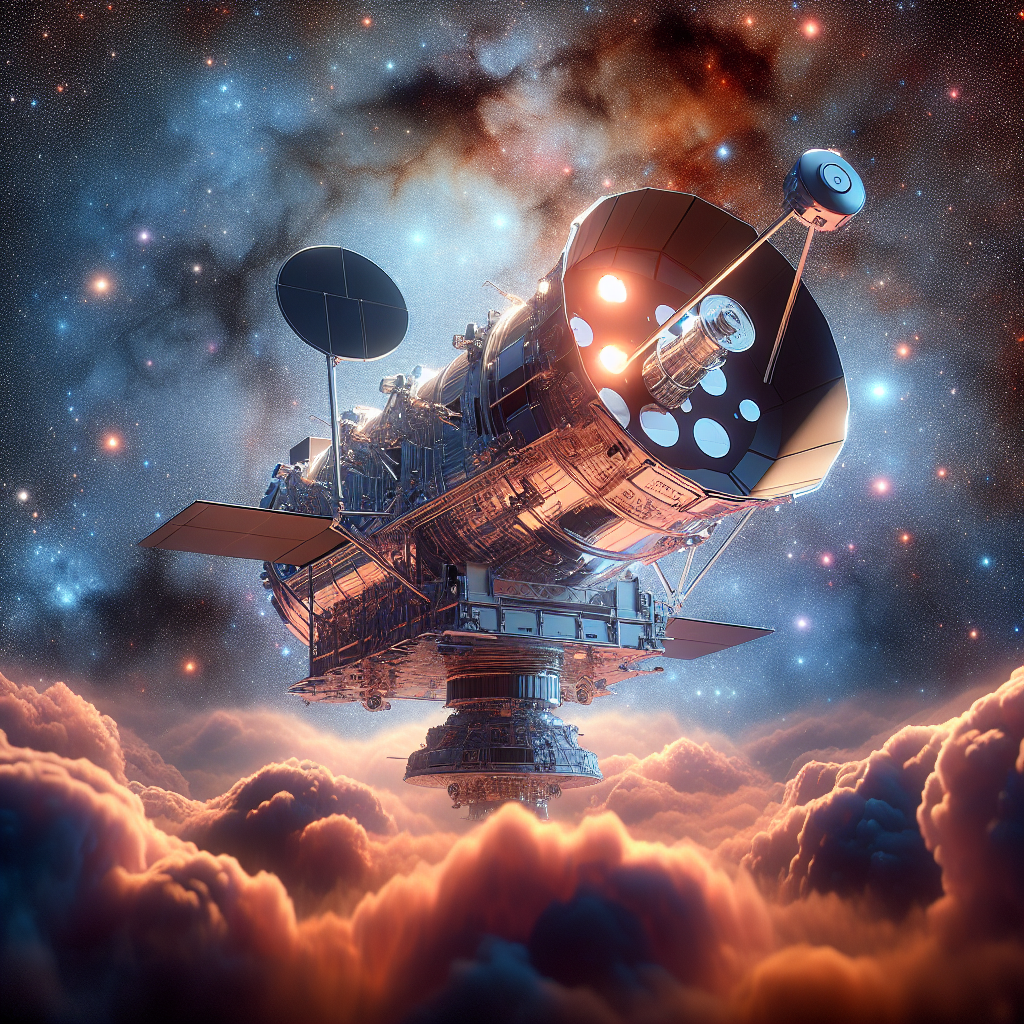As the successor to the Hubble Space Telescope, the James Webb Space Telescope (JWST) is equipped with the Mid-Infrared Instrument (MIRI), which allows it to peer through dense dust clouds to observe the birth of stars and planets, detect the composition of exoplanet atmospheres, and investigate how galaxies formed in the early universe. Its sensitivity is a hundred times greater than the renowned Hubble telescope, enabling it to observe images from the deep space of the universe that are farther and older.
This powerful telescope is a significant project jointly carried out by the National Aeronautics and Space Administration (NASA), the European Space Agency (ESA), and the Canadian Space Agency (CSA). It is named after James Edwin Webb (1906-1992), the second administrator of NASA. The Webb Telescope has a cost exceeding 10 billion U.S. dollars and was launched at the end of 2021, commencing data collection in July 2022. To date, it has already transmitted a vast amount of astonishing data and captivating interstellar images.
Presented below are select breathtaking cosmic images captured by the Webb Telescope:

